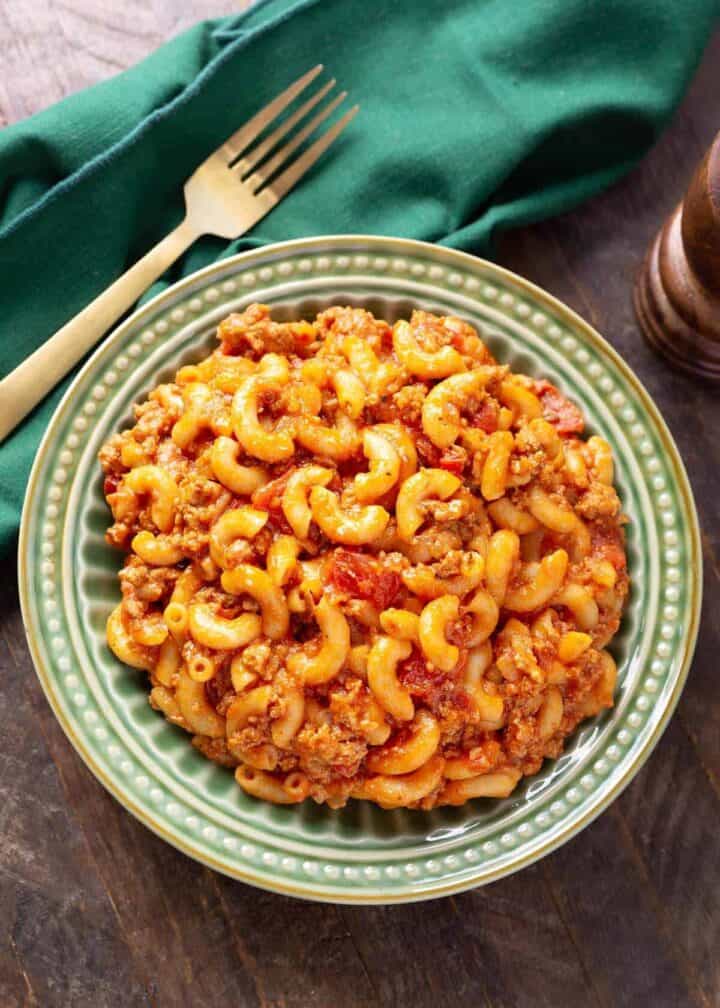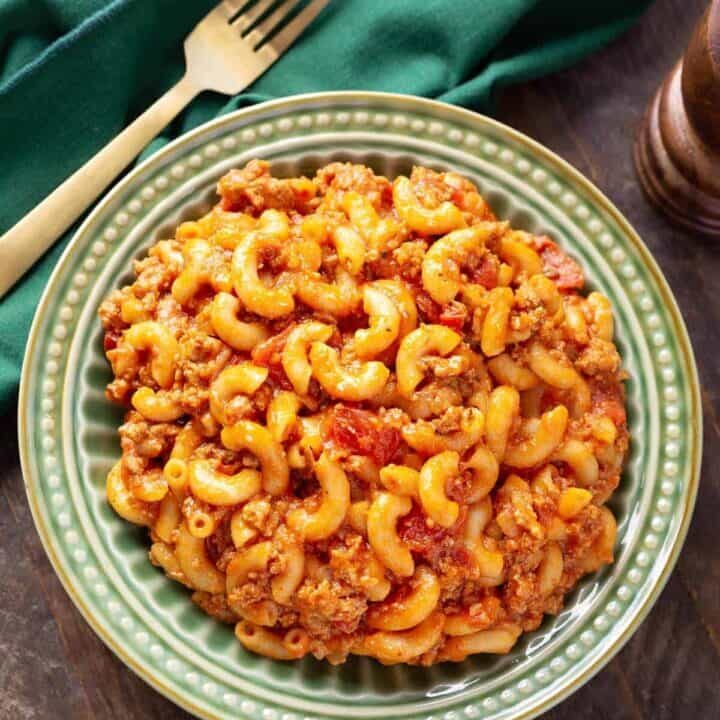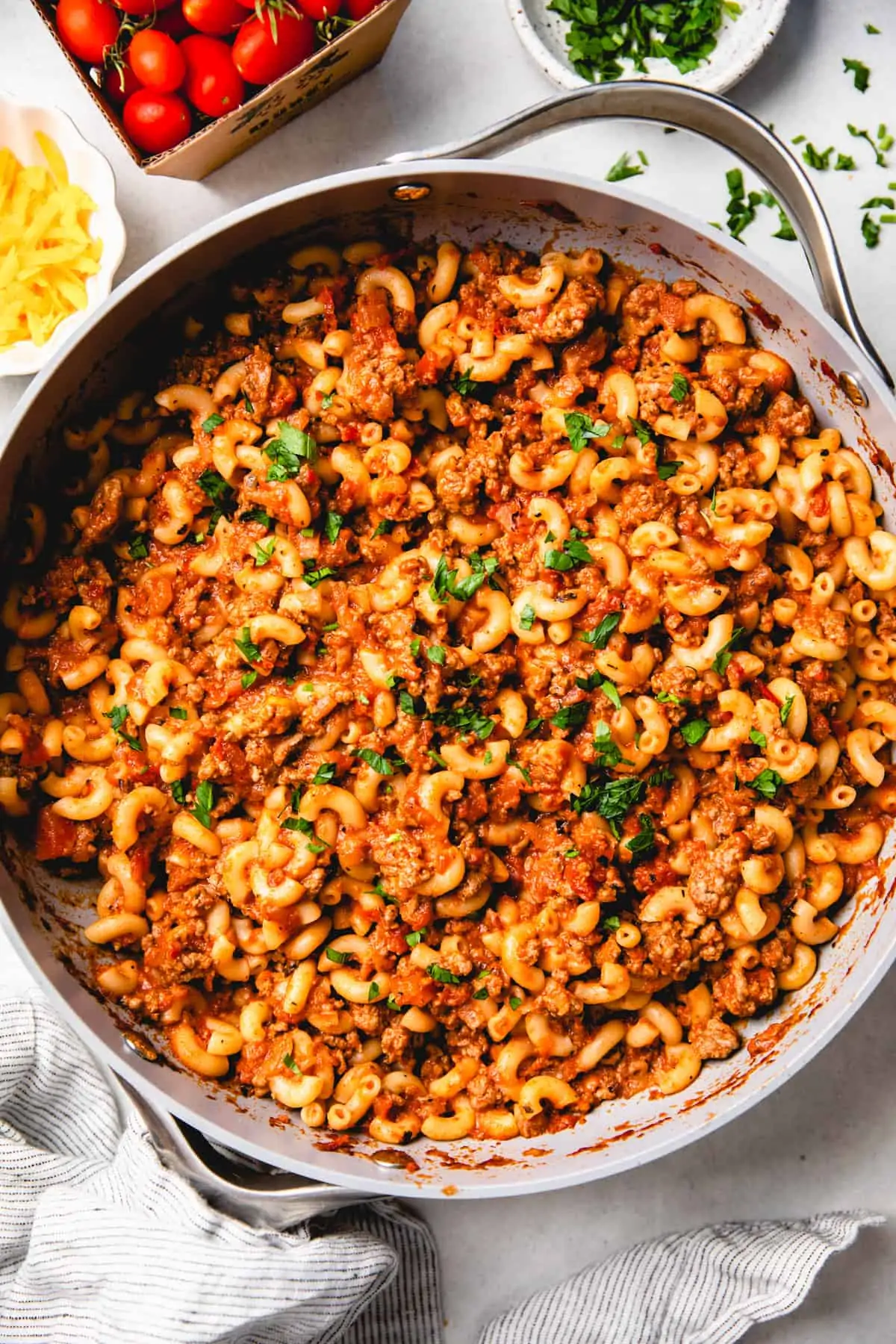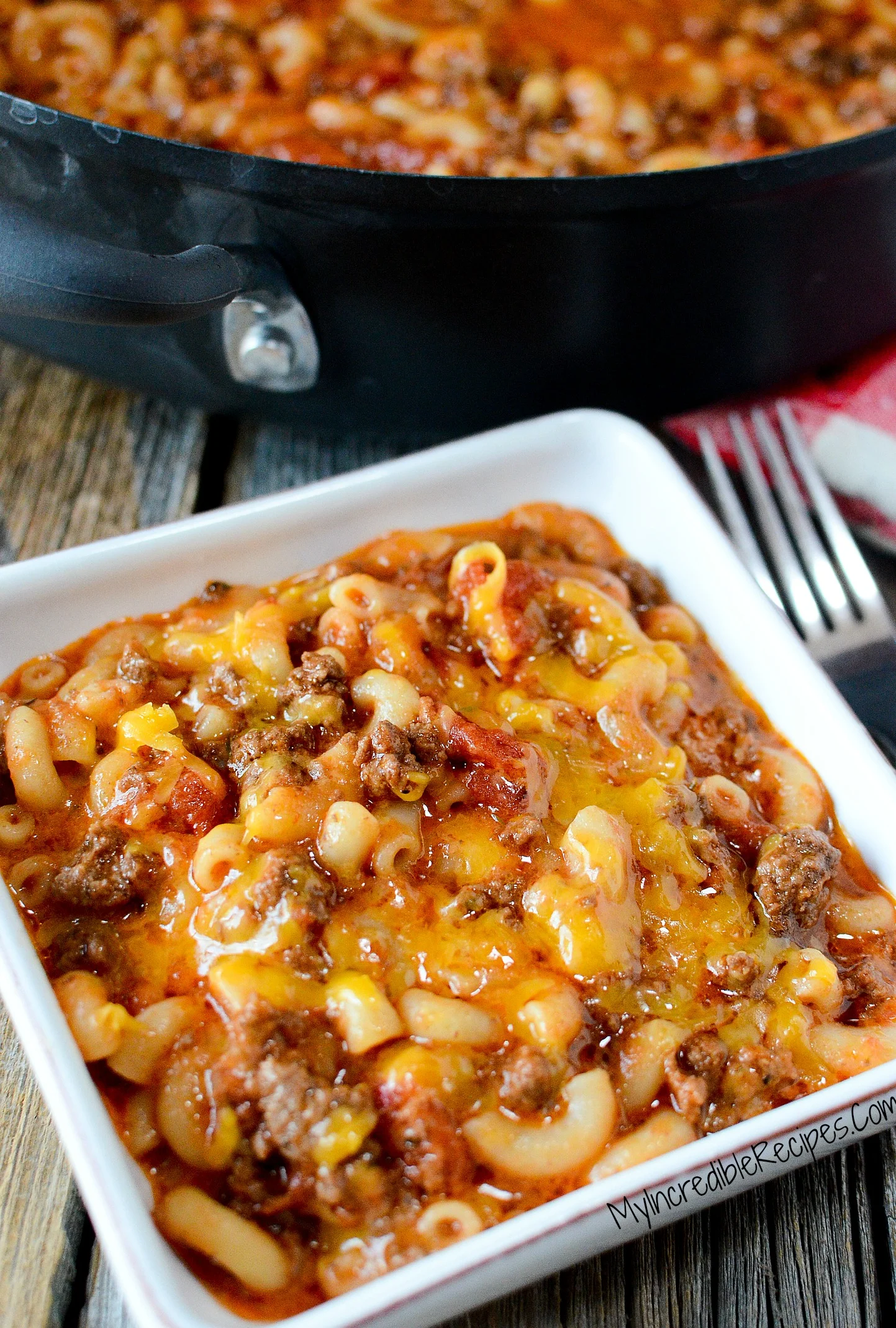Old-fashioned goulash has long held a cherished place in the hearts and kitchens of many households, particularly in the United States. This dish, characterized by its rich flavors and hearty ingredients, offers warmth and satisfaction, often evoking nostalgic memories for those who grew up enjoying it. Its blend of savory meat, pasta, and spices makes it a favorite for family meals and gatherings.
The Origins of Goulash
Goulash has its roots in Hungary, where it originated as a simple stew made by herdsmen in the 9th century. Known as “gulyás,” the dish has evolved into various forms over the centuries, influenced by regional variations and cultural exchanges. In Hungary, goulash is typically made with beef, paprika, and vegetables, simmered for hours to develop deep flavors.
When goulash made its way to America, it transformed into a more casual, one-pot meal that routinely featured macaroni or elbow pasta. The dish became especially popular during the Great Depression, as it provided an economical way to feed large families. The incorporation of ingredients like canned tomatoes and ground meat made it accessible and convenient.

The Unique Flavor Profile
One of the most defining characteristics of old-fashioned goulash is its distinctive flavor profile. The combination of spices, meats, vegetables, and pasta creates a complex taste that is both comforting and satisfying.
Key Flavor Elements:
- Paprika: Traditionally Hungarian, paprika is essential to authentic goulash, offering a sweet and smoky flavor.
- Ground Meat: Beef is the most common choice, though variations may include pork or turkey. Ground meat allows for a quick cooking time and enhances overall texture.
- Tomatoes: Either fresh or canned, tomatoes provide acidity and moisture, balancing the richness of the meat.
- Onions and Garlic: These aromatic ingredients add depth and warmth to the dish, enhancing its savory notes.
The Nutritional Benefits
While old-fashioned goulash is often seen as a comfort food, it can also provide essential nutrients when made with wholesome ingredients.
Nutritional Components:
- Protein: The inclusion of meat ensures a significant source of protein, critical for muscle maintenance and overall health.
- Vitamins: Vegetables commonly used in goulash, such as bell peppers and onions, contribute vitamins A and C, important for immune function and skin health.
- Carbohydrates: The addition of pasta delivers energy-boosting carbohydrates, making it a satisfying meal after a long day.
- Fiber: When incorporating legumes or whole grain pasta, goulash can become a good source of dietary fiber, aiding digestion.
Versatility: A Dish for Everyone
One of the most appealing aspects of old-fashioned goulash is its incredible versatility. There are countless ways to adapt the basic recipe to suit individual tastes and dietary preferences.
Customization Options:
- Vegetarian or Vegan Versions: By substituting meat for beans or lentils and using vegetable broth instead of chicken or beef broth, goulash can easily be made plant-based.
- Spicy Adaptations: For those who enjoy heat, adding chili powder or cayenne pepper can elevate the dish and provide a zesty kick.
- Cheesy Variations: A sprinkle of cheese on top right before serving can add a creamy element, enriching the overall experience.
- Additional Vegetables: Consider incorporating seasonal vegetables like zucchini, carrots, or spinach for extra nutrition and flavor.
Cultural Variations and Interpretations
As goulash has gained popularity worldwide, numerous cultural adaptations have emerged. In each region, local ingredients and culinary practices have influenced how goulash is prepared.
Notable Variations:
- American Style: Often associated with school lunches, this version is typically simpler and includes fewer spices, focusing on the meat-and-pasta combination.
- Austrian Gulasch: Differences include the use of large chunks of meat, a darker sauce, and traditional spices like caraway seeds.
- Slovak Goulash: Known for its thick consistency and the inclusion of potatoes, this variant highlights the local agricultural practices of the region.
Why Old-Fashioned Goulash Endures
Despite the evolution of food trends and the rise of gourmet cooking, old-fashioned goulash remains a beloved dish. Its ability to bring families together over a comforting meal is timeless.
Reasons for Endurance:
- Simplicity: With straightforward preparation and easily sourced ingredients, goulash is accessible for home cooks of all skill levels.
- Affordability: Making goulash is cost-effective, ideal for budget-conscious families needing to feed multiple mouths.
- Nostalgia: For many, goulash evokes memories of childhood, allowing the dish to foster connection and tradition across generations.

Old Fashioned Goulash
Ingredients
- 2 Tablespoons Olive Oil
- 2 lbs Lean Ground Beef or Ground Turkey
- 1 large Yellow Onion, diced
- 3 large cloves Garlic, pressed or finely minced
- 2 large Bay Leaves
- 1 cup Low Sodium Beef Broth* (chicken broth if using ground turkey)
- 2 - 14.5-ounce cans Diced Tomatoes with juice, or stewed tomatoes
- 2 - 15-ounce cans Tomato Sauce
- 2 teaspoons Low Sodium Soy Sauce (or Worcestershire sauce)
- 2 teaspoons Seasoned Salt (such as Johnny's®)
- 1 teaspoon Black Pepper
- 2 teaspoons Italian Seasoning
- 1 Tablespoon Paprika
- 2 cups Uncooked Small Elbow Macaroni
Instructions
Heat the Pot
- Heat a Dutch oven or soup pot on medium-high heat.
- When hot, add oil.
Cook the Meat
- Add ground beef or turkey to the pot.
- Cook, stirring occasionally, until browned (about 10 minutes).
- Spoon off some of the excess fat.
Add Vegetables and Spices
- Add diced onion, garlic, and bay leaves.
- Cook for 4 minutes, stirring occasionally.
Add Liquids and Seasonings
- Pour in broth, diced tomatoes, tomato sauce, soy sauce, seasoned salt, pepper, Italian seasoning, and paprika.
- Stir well.
Simmer
- Reduce heat to low.
- Cover and cook for 15 minutes, stirring occasionally.
Cook the Pasta
- Stir in uncooked macaroni noodles.
- Cover and cook for 15-25 minutes, or until pasta is cooked.
Finish and Serve
- Remove and discard bay leaves.
- Serve the dish.

At Villa Corona Mexican Grill, we’re passionate about sharing our love for authentic Mexican seafood dishes with food enthusiasts like you. Dive into our feed to discover mouthwatering photos and videos of our delectable ceviches, fish tacos, shrimp cocktails, and more. We’ll take you on a culinary journey through Mexican coastal cuisine’s vibrant flavors and rich traditions.
Get ready to tantalize your taste buds and embark on a flavorful adventure with us. Follow, like, and share to become part of the Villa Corona Mexican Grill family today! 🌊🍤🌶️ #MexicanSeafood #VillaCoronaMexicanGrill


